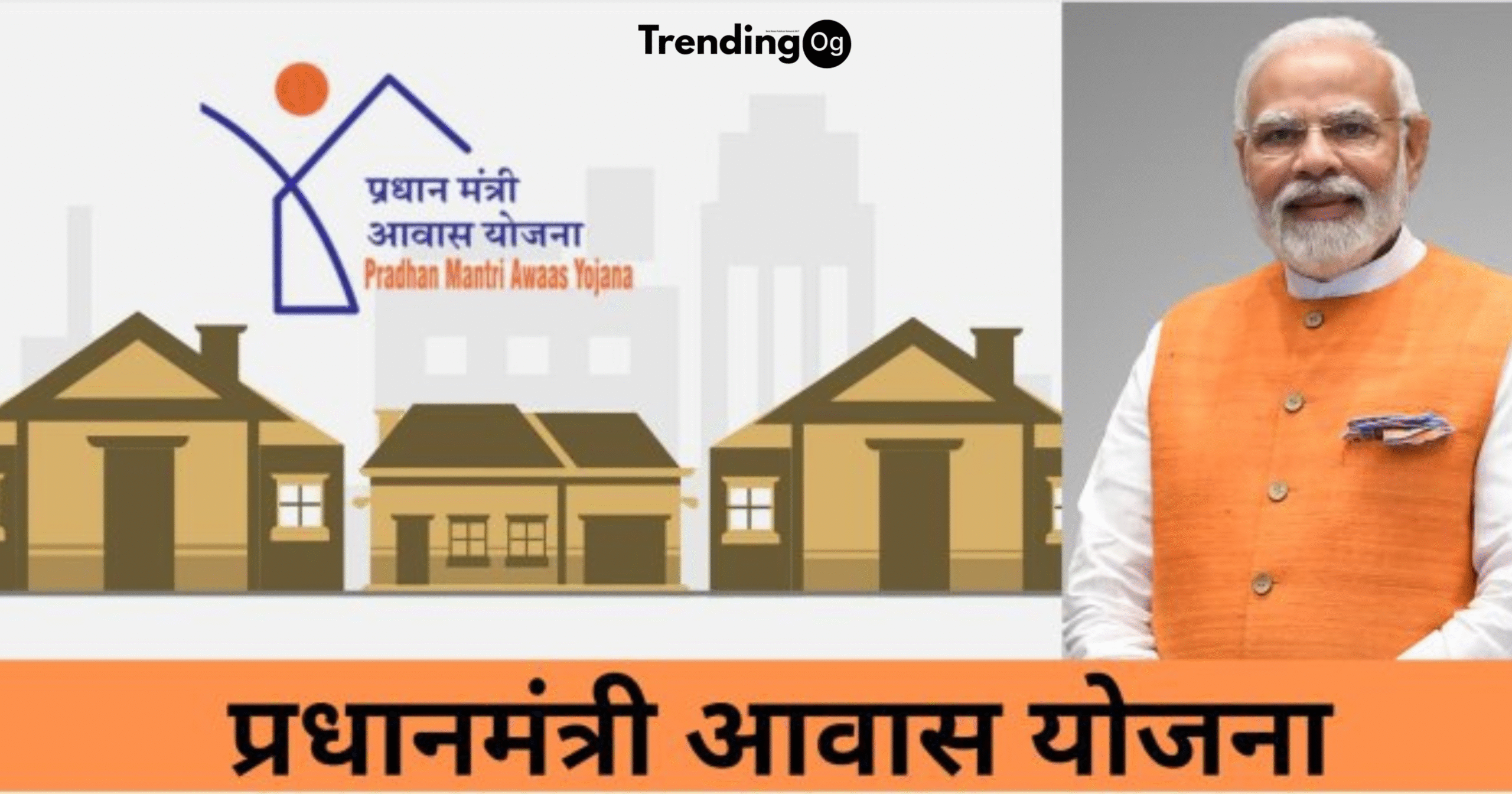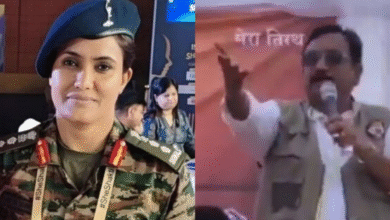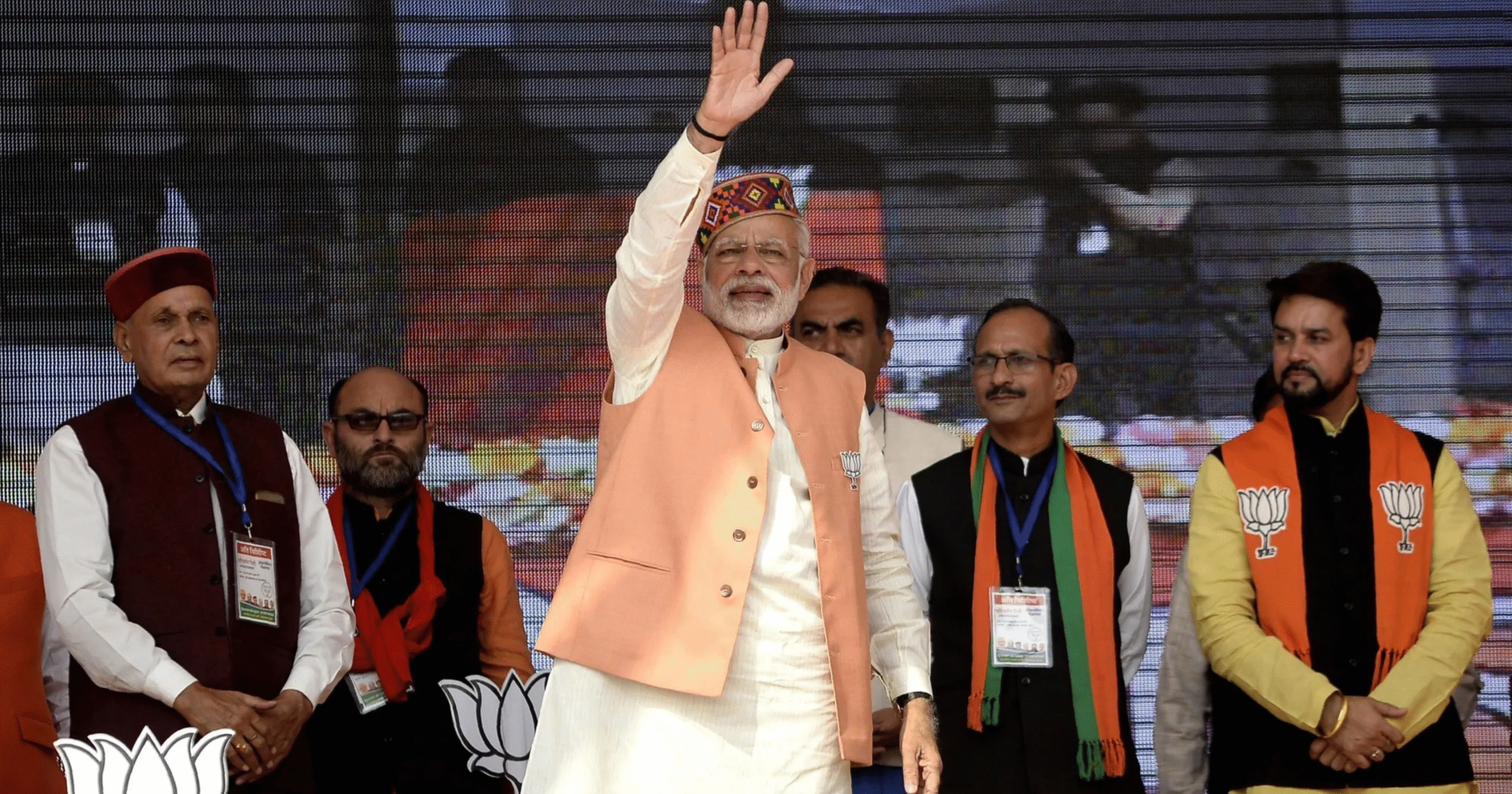Pradhan Mantri Awas Yojana (PMAY): A Comprehensive Guide to Affordable Housing in India

The Pradhan Mantri Awas Yojana (PMAY) is a flagship housing scheme launched by the Government of India in 2015 with the ambitious goal of “Housing for All by 2022.” The program aims to provide affordable housing to urban and rural poor, ensuring that every Indian family has a pucca house with basic amenities.
With rising urbanization and increasing housing demands, PMAY plays a crucial role in empowering economically weaker sections (EWS), low-income groups (LIG), and middle-income groups (MIG) by offering financial assistance and subsidies.
Key Objectives of PMAY
-
Affordable Housing for All – Ensuring pucca houses for eligible beneficiaries.
-
Slum Rehabilitation – Improving living conditions in urban slums.
-
Women Empowerment – Promoting property ownership among women.
-
Sustainable Development – Encouraging eco-friendly construction technologies.
PMAY: Two Major Components
The scheme is divided into two segments:
1. PMAY-Urban (PMAY-U)
-
Targets urban poor, including slum dwellers and low-income families.
-
Offers credit-linked subsidy schemes (CLSS) for home loans.
-
Provides central assistance for affordable housing projects.
2. PMAY-Gramin (PMAY-G)
-
Focuses on rural areas, replacing the earlier Indira Awas Yojana (IAY).
-
Aims to construct 1.95 crore houses by 2024.
-
Provides financial aid of ₹1.20 lakh to ₹1.30 lakh per unit.
Eligibility Criteria for PMAY
To avail benefits under PMAY, applicants must meet the following conditions:
For PMAY-Urban (U)
-
Income Limits:
-
EWS (Economically Weaker Section): Annual income up to ₹3 lakh.
-
LIG (Low-Income Group): Annual income between ₹3-6 lakh.
-
MIG-I: Annual income between ₹6-12 lakh.
-
MIG-II: Annual income between ₹12-18 lakh.
-
-
No ownership of a pucca house in any part of India.
-
Women ownership (co-ownership mandatory in some cases).
For PMAY-Gramin (G)
-
Families without a pucca house.
-
Priority to SC/ST, minorities, and widows.
-
Beneficiaries selected from Socio-Economic Caste Census (SECC) 2011 data.
Benefits & Subsidies Under PMAY
. Credit-Linked Subsidy Scheme (CLSS)
-
EWS/LIG: 6.5% interest subsidy on loans up to ₹6 lakh.
-
MIG-I: 4% subsidy on loans up to ₹9 lakh.
-
MIG-II: 3% subsidy on loans up to ₹12 lakh.
. Direct Financial Assistance
-
₹1.5 lakh to ₹2.5 lakh for house construction (varies by region).
-
Additional support for toilet construction under Swachh Bharat Mission.
. Subsidy for Slum Rehabilitation
-
Public-private partnerships (PPP) for redeveloping slums.
How to Apply for PMAY?
Online Application Steps:
-
Visit the official PMAY portal – https://pmaymis.gov.in
-
Select “Citizen Assessment” and fill in details (Aadhaar, income, etc.).
-
Upload required documents (Aadhaar, income proof, etc.).
-
Submit and note the application number for tracking.
Offline Application:
-
Visit Common Service Centers (CSCs) or municipal offices.
PMAY Progress & Impact
-
Over 1.2 crore houses sanctioned under PMAY-U (as of 2024).
-
More than 2 crore rural homes approved under PMAY-G.
-
Significant reduction in homelessness and slum proliferation.
Challenges & Future Prospects
While PMAY has made remarkable progress, challenges like land scarcity, bureaucratic delays, and funding gaps persist. The government is now focusing on:
-
Faster approvals through digital governance.
-
Public-private partnerships (PPP) for large-scale housing projects.
-
Green building initiatives for sustainable urban development.

